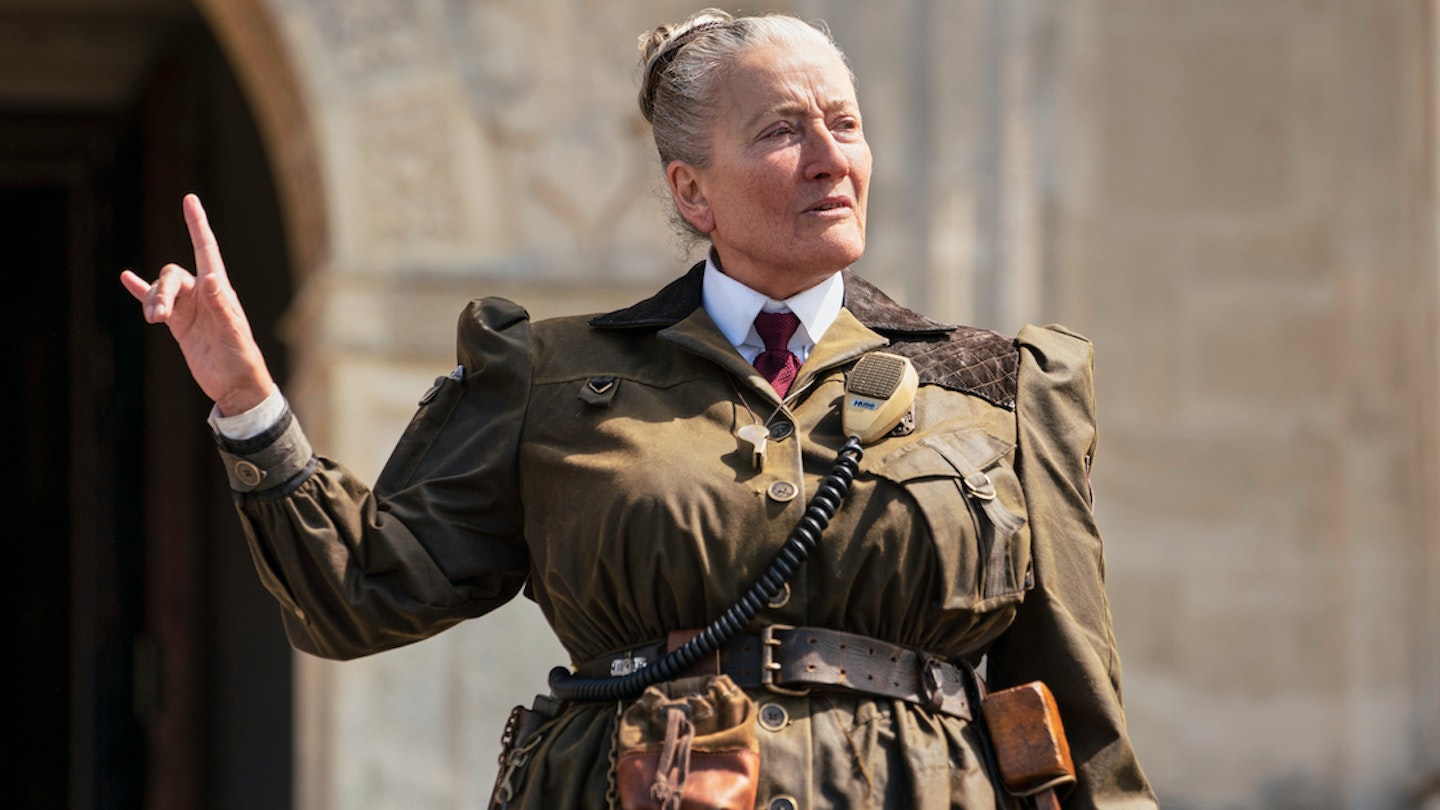Matthew Warchus’s adaptation of the Olivier award-winning stage show Roald Dahl’s Matilda The Musical premiered on the opening night of the 66th London Film Festival yesterday evening. With rousing songs, a much-loved source-text and a star-studded cast, it’s an all-round stirring entertainment smash with just one niggling problem—two of the characters are wearing fat suits.
As Emma Thompson enters on screen as the fearsome Ms Trunchbull, she’s intended to be a laughable caricature. With artificially broad shoulders and large protruding bosom thanks to a fat suit, her figure becomes a dehumanizing punchline. Rather than cast a plus-sized actress, Hollywood has once again opted to create one with prosthetics.
This is not to say that Emma Thompson’s artificial body is offensive because it's large—it’s the fact she can remove weight like a costume that’s upsetting: ‘Films are just the latest manifestations of the “inside every fat person is a thin person” trope so often found in weight loss discourse,’ writes Katharina R. Mendoza in The Fat Studies Reader.
And, frustratingly, fat suits are nothing new. John Travolta wore one as Edna Turnblad in Hairspray, Courtney Cox became ‘Fat Monica’ by donning one in Friends, and Gwyneth Paltrow wore one in the 2001 movie Shallow Hal. Even the child who plays Bruce Bogtrotter (Charlie Hodson Prior) in the latest adaptation of Matilda joins Emma Thompson by strapping one to his stomach.
The persistence fat suits have in the film industry is genuinely astounding given how vocal body positivity pioneers and viewers have been about the harm and hurt they can cause. As those in opposition have explained, fat suits are dangerous because they offer a sort of reserve before and after. Like paparazzi photos, they incite fat phobia within viewers to look at a thin actress wearing fictional weight and think: ‘God I can’t believe she looks like that.’
So, what’s the solution then? Let thin actresses gain weight? Renee Zellweger was famously told she was ‘going to die’ after she repeatedly went on a 4,000 calorie diet to gain two stone to play (9st’7) Bridget Jones back in the 90s. As such, she recently faced backlash when she opted for an ‘unrecognisable’ fat suit transformation for the true crime comedy The Thing About Pam.
No, the real solution is much simpler: cast real plus sized people—and not just as the butt of a joke. Because when we laugh at bigger bodies on screen, it gives audiences approval to do the same in real life. It provokes viewers to ‘other’ anyone over a size 6 because in cinema they're presented as a ridiculous.
‘When you're plus sized, there is a beauty to that,’ said Queen Mojo on Good Morning Britain when Roald Dahl’s Matilda The Musical’s trailer was first released. ‘When you walk into a room and carry that weight there is an energy that sometimes actors can't bring to that,’ she said. ‘That needs to be highlighted, if there was someone that was perhaps less able-bodied or have a different gender to us, we represent those on screen. Why are fat people’s bodies not as important to do that?’
{#h-}
